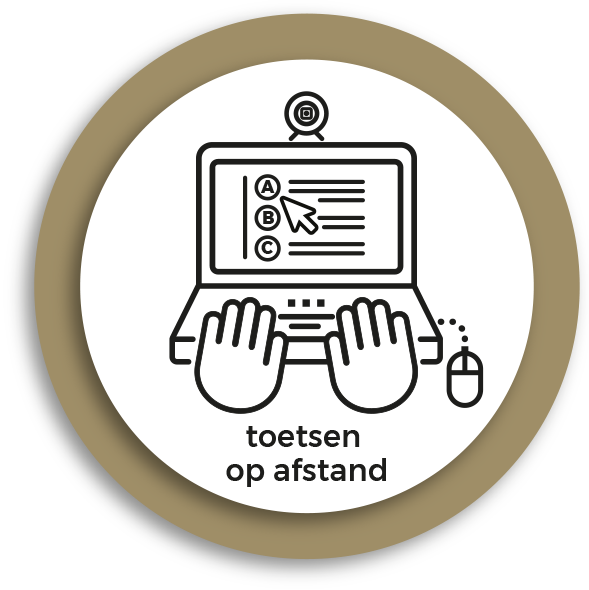Definition
A portfolio is collection of documents/files that prove that a student has acquired certain skills or competences. A portfolio may therefore be made up of different assessment methods. It usually contains self-reflection assignments and is built up over a longer time, giving insight into the student’s development and self-management skills. This makes portfolios particularly suitable for formative use, although they are also often used for summative assessment.
Portfolios are often combined with an individual or group assessment interview or a criteria-based interview. This gives the examiner (and other students) the opportunity to ask follow-up questions about anything that is still unclear, to give feedback and/or to encourage self-reflection. Portfolios can also be used in combination with a presentation in which the student presents the main items of interest in the portfolio.
Online
As an online assessment tool, the portfolio can be used in the same way as in a ‘regular’ setting. There are three types of portfolio:
- Assessment portfolio In an assessment portfolio, the student collects examples of their work …
Approach
The online approach to the student portfolio does not differ very much from the ‘regular’ approach.
Beforehand
The various competences must of course be described clearly and be published online. In some cases, the competences may …
Tips
*Facilitate and encourage self-management in students as they build their portfolio. For example, let students set and reflect on their own learning objectives and ask them to indicate which aspects they would most like to receive feedback on. Of course, as the examiner you may also choose to provide feedback on other aspects.
*Offer peer feedback. For example, let students ask each other questions about their portfolios. This not only teaches students how to provide constructive criticism and feedback, but also helps them to think about the kinds of questions that people will have about their own portfolio. See this brochure by Inholland (in Dutch) for more information on organising peer feedback.
*Discuss a portfolio formatively as a group assessment. For example, have one or two (possibly more senior) students act as co-examiners and ask the student whose portfolio it is whether the feedback was useful.
*Ask the students to also submit a self-assessment based on the assessment form as part of their portfolio, to encourage them to reflect on their own work. If you also ask them to indicate where the information relating to each assessment criterion can be found in the portfolio, you can also save yourself some marking time.
References
- Paper by SURF, in Dutch, on using e-portfolios. What is an e-portfolio? E-portfolios in practice, Tools for e-portfolios, Conclusions and recommendations.

